Comprehensive Detection of Diethylene Glycol: Ensuring Safety with Precision
Overview of Diethylene Glycol
Diethylene glycol (**DEG**) is a versatile industrial chemical widely used in the production of resins, solvents, and antifreeze. Despite its industrial benefits, the unintentional or deliberate contamination of consumer goods with DEG has led to serious health risks, including organ damage and fatalities. As a result, stringent detection protocols are essential for ensuring public safety and compliance with regulatory standards.
Samples for Diethylene Glycol Testing
DEG contamination has been reported in a variety of products, making it critical to identify testing targets. Common samples include:
- **Pharmaceutical products**: Syrups, especially cough syrups, have historically been vulnerable to contamination.
- **Cosmetics**: Lotions and creams may inadvertently contain DEG as an impurity.
- **Industrial products**: Coolants and adhesives are routinely tested for compliance.
Proper sampling and storage are crucial to maintain the integrity of these products during analysis.
Key Parameters for Diethylene Glycol Testing
Diethylene glycol testing focuses on several critical parameters to assess contamination levels:
- **Quantification**: Determining the exact concentration of DEG in a sample.
- **Purity analysis**: Ensuring that contamination levels are within permissible limits.
- **Identification of other impurities**: Simultaneously analyzing for other toxic substances like ethylene glycol.
These parameters ensure comprehensive evaluation and adherence to safety standards.
Instruments for Accurate Diethylene Glycol Detection
Modern analytical instruments are the backbone of precise DEG detection. Key tools include:
- **Gas Chromatography (GC)**: Widely used for separating and quantifying DEG in complex matrices.
- **High-Performance Liquid Chromatography (HPLC)**: Ideal for sensitive and accurate detection in pharmaceuticals.
- **Mass Spectrometry (MS)**: Often paired with GC or HPLC for detailed molecular analysis.
Calibration and maintenance of these instruments are critical to achieving reliable results.
Methods for Diethylene Glycol Testing
Testing methods are tailored to sample type and regulatory requirements. Common approaches include:
- **Gas Chromatography-Mass Spectrometry (GC-MS)**: Offers high sensitivity and specificity for DEG in pharmaceutical and industrial samples.
- **UV-Vis Spectroscopy**: A cost-effective method for preliminary analysis of DEG in bulk samples.
- **Enzymatic Assays**: Useful for rapid detection in field settings.
Adopting validated methods ensures compliance with global standards, such as those from the **FDA** or **ISO**.
Conclusion
Diethylene glycol contamination poses significant health and safety risks, demanding rigorous detection measures. From selecting appropriate samples to leveraging advanced instruments and methods, a systematic approach is vital for accurate and reliable analysis. By ensuring compliance with stringent safety standards, we can mitigate the risks associated with DEG and protect public health effectively.
结语
以上是关于Comprehensive Detection of Diethylene Glycol: Ensuring Safety with Precision的介绍,如有其它问题请 联系在线工程师 。




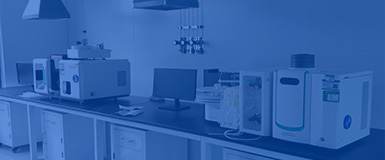
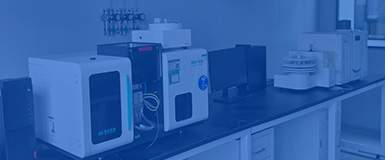
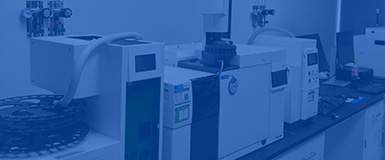
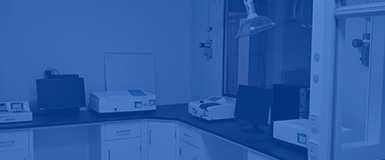
 第三方检测机构
第三方检测机构


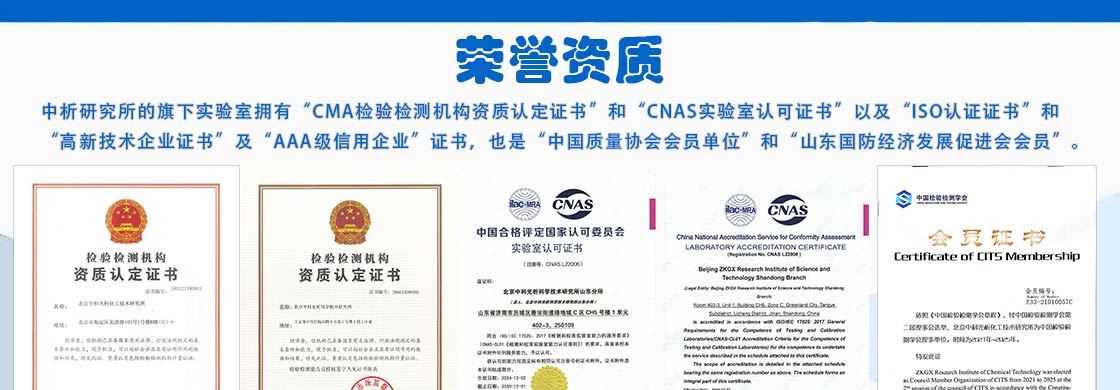
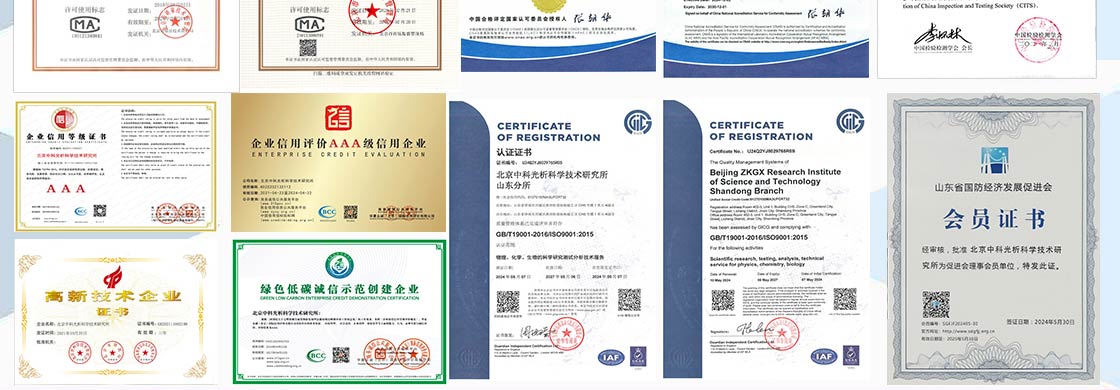

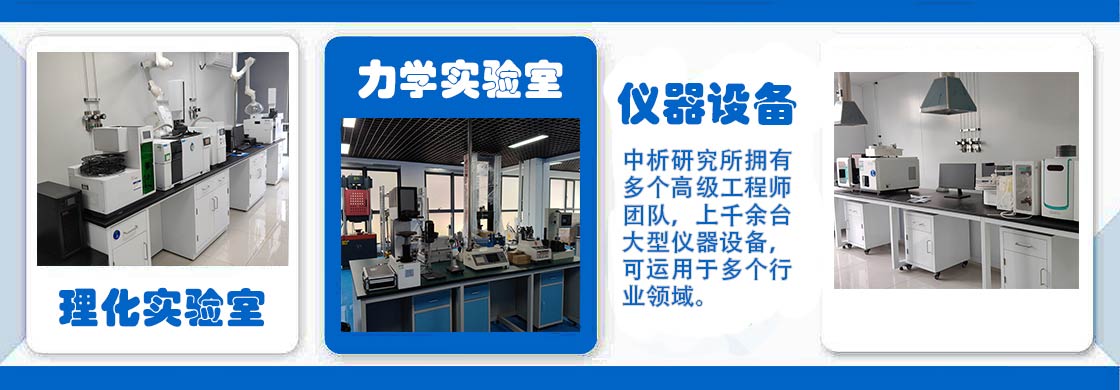
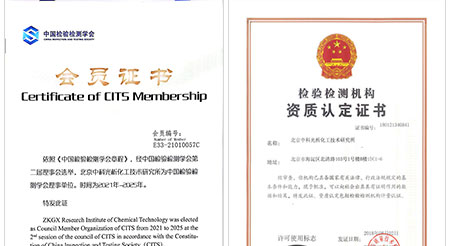
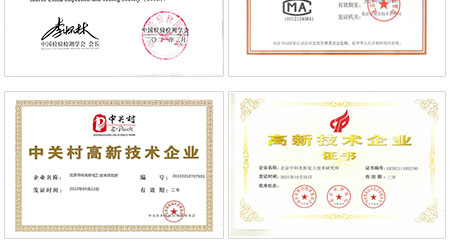



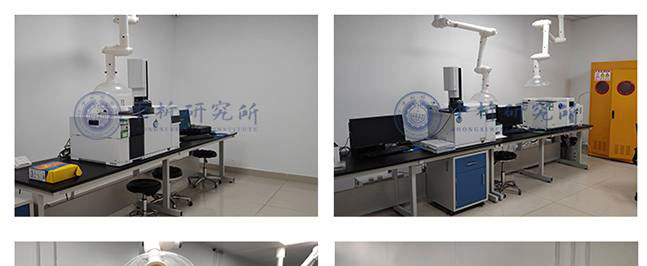
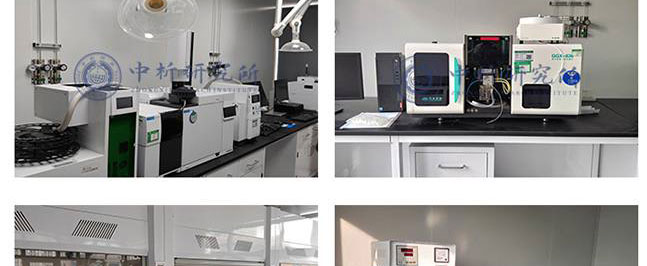
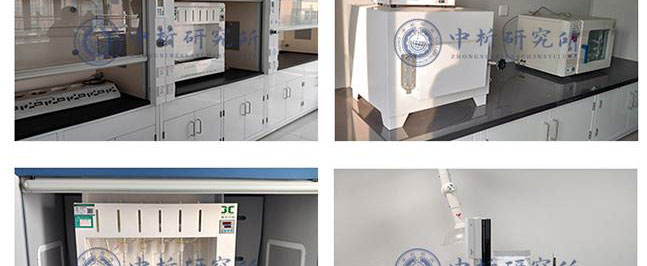
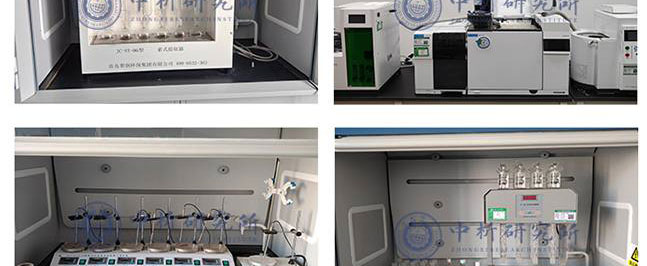
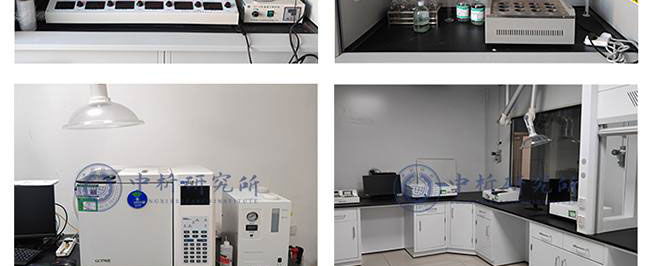
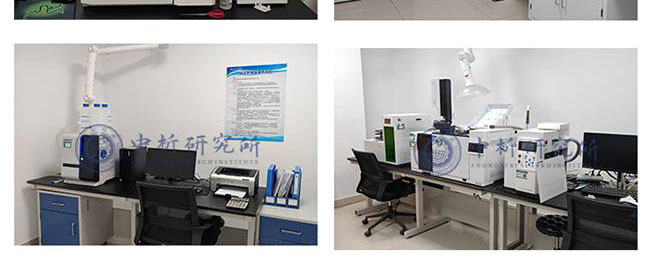




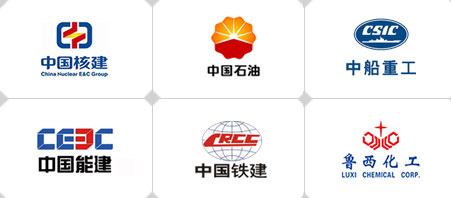
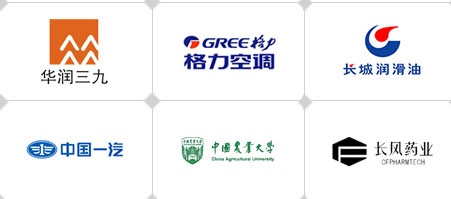
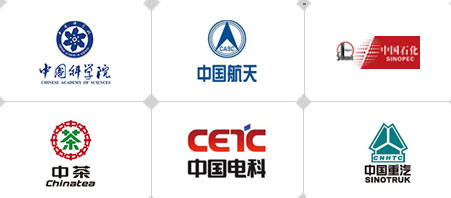
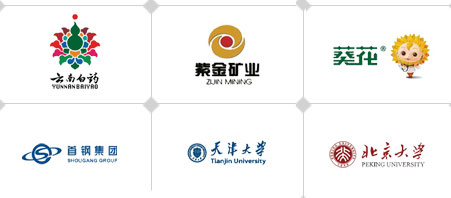









 备案号:
备案号: